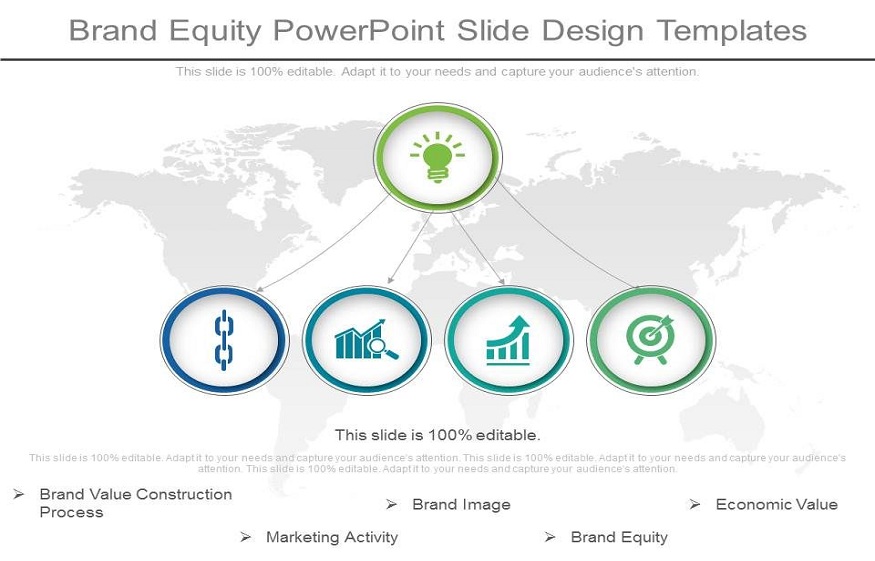Equity securities do not offer a periodic return since their profitability will depend mainly on earnings via dividends or expected capital gains. Equity products include local and foreign equities, Exchange Traded Funds, and American Depositary Receipts.
LOCAL STOCKS
A share is a portion of the issuing company. It represents one of the equal parts into which the company’s capital stock is divided and grants its owners property rights over the company’s assets, i.e., it grants its holders the status of owner-partners of the company, in proportion to their participation.
Through the issuance of shares, companies can increase their long-term capital, without going into debt, only with the well-founded promise to make the capital received from investors yield and to pay them dividends (when approved by the General Shareholders’ Meeting) for their investment.
Shares of local issuers may be placed for the first time in the primary market and subsequently traded in the secondary market—shares of foreign issuers, i.e.,
FOREIGN STOCKS
Foreign shares can only be traded in the secondary market, and their monetary settlement will be between T+0 and T+3.
Preferred Shares are securities representing fixed income capital stock. Preferred shares are similar to debt issuance in the sense that they specify a specific annual payment, with the difference that the legal obligation to pay interest is much greater than the legal obligation to pay dividends on preferred shares.
The payment of dividends, contingent on the company’s results, provides greater financial flexibility to the company.
If there were no profits to be distributed in one year, they are accumulated in the following year and so on. If three years go by without profits, the rights of the common shares are acquired.
EXCHANGE TRADED FUNDS
Exchange-Traded Funds (ETF’s) can also be called Trackers. They are investment units issued by a trust, which simulates the evolution of an index. Each investment unit represents an aliquot and inseparable part of the trust. The trust holds in custody the common shares of the index it is trying to replicate.
In the late 1980s, the AMEX created a product that replicated an underlying index’s performance through a basket of stocks.
In 1990 Toronto Stock Exchange and Barclay’s Global Investment launched TIP’s (Toronto 35 Index Participation Units), which track the TSE 35.
They serve as a prototype for indexed investment units called SPDR’s (Spiders), listed in 1993 and benchmarked to the SP 500.
ETFs are the newest and fastest-growing instruments in the world. There are more than 185 Trackers worldwide, and they can be structured by various companies such as iShares International, etc.
AMERICAN DEPOSITARY RECEIPTS
American Depositary Receipts (ADR’s) is the financial instrument through which investors can access, from the U.S. capital market, the shares of non-U.S. companies listed in their home countries or another stock exchange outside the United States.
ADRs made their debut in the U.S. capital market in April 1927, when JP Morgan issued ADRs backed by British retailer Selfridges Provincial Stores Limited, which were listed on the New York Curb Exchange, the forerunner of the American Stock Exchange (AMEX). Now the largest issuer of ADRs is the Bank of New York, followed by Citibank and JP Morgan.
Structure of ADR’s
An ADR is a certificate of deposit issued in U.S. dollars by a U.S. depositary bank. Each certificate or ADR is backed by one or more American Depositary Shares (ADS), which is the name given to the shares of the foreign company deposited and immobilized in the depositary bank U.S. Therefore, the ADS would be the underlying asset of the ADR.






More Stories
Rental Yields vs. Capital Growth: Which Matters More?
ETFs vs. mutual funds – The Difference
A comparison between investment and saving ISAs in the UK